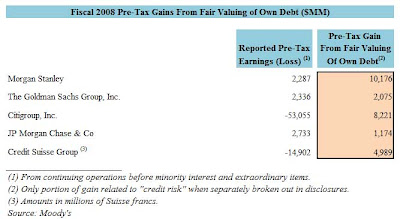Bank Bulls Bust As Fed "Error" Boosts Bearish Bets
Just as we saw in the August collapse, US financial stocks appear to be facing the harsh reality that other markets already recognize. While US financial credit markets have been anything but exuberant for weeks, equity options markets have now turned their bullish backs on the banks as Bloomberg reports the ratio of bearish to bullish options on the S&P Financials ETF has climbed to the highest level in a year this week, reflects rising demand for protection against losses as NIM hopes collapse and Fed "error" probabilities increase.
